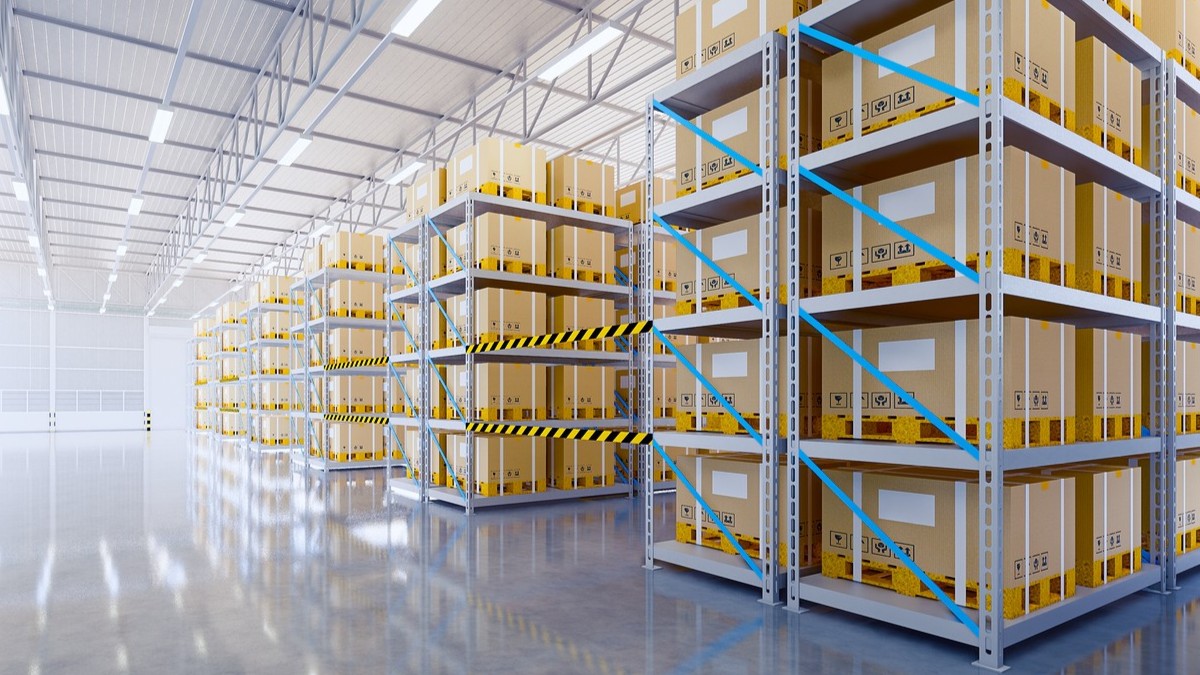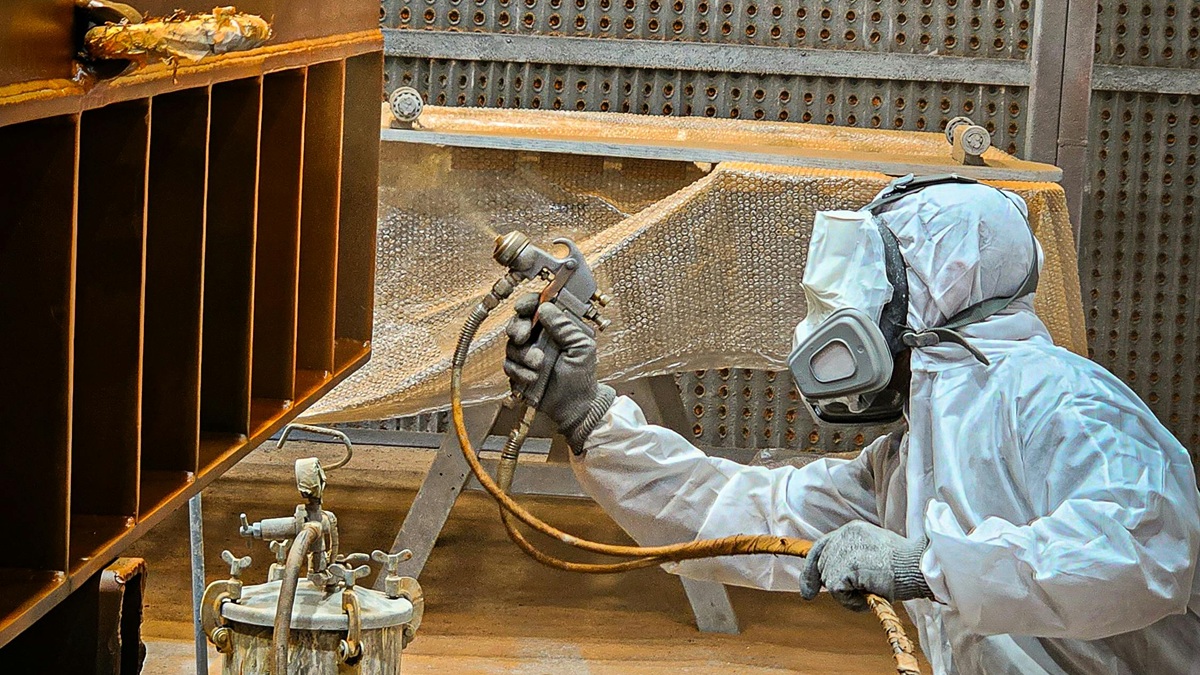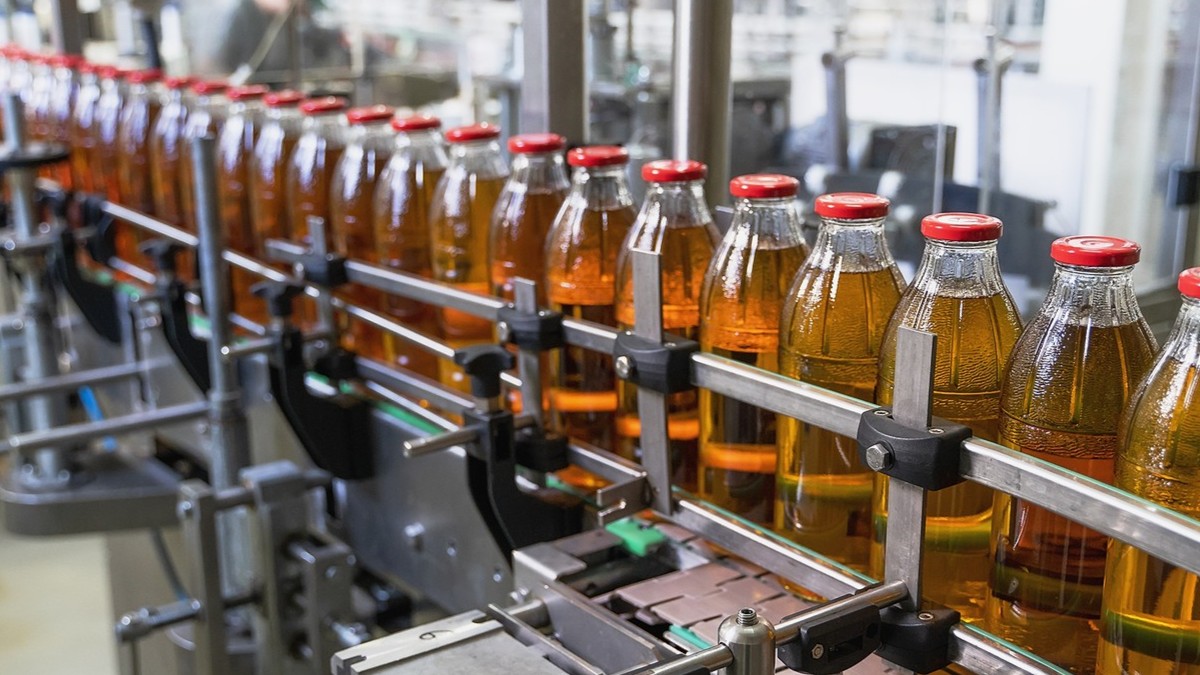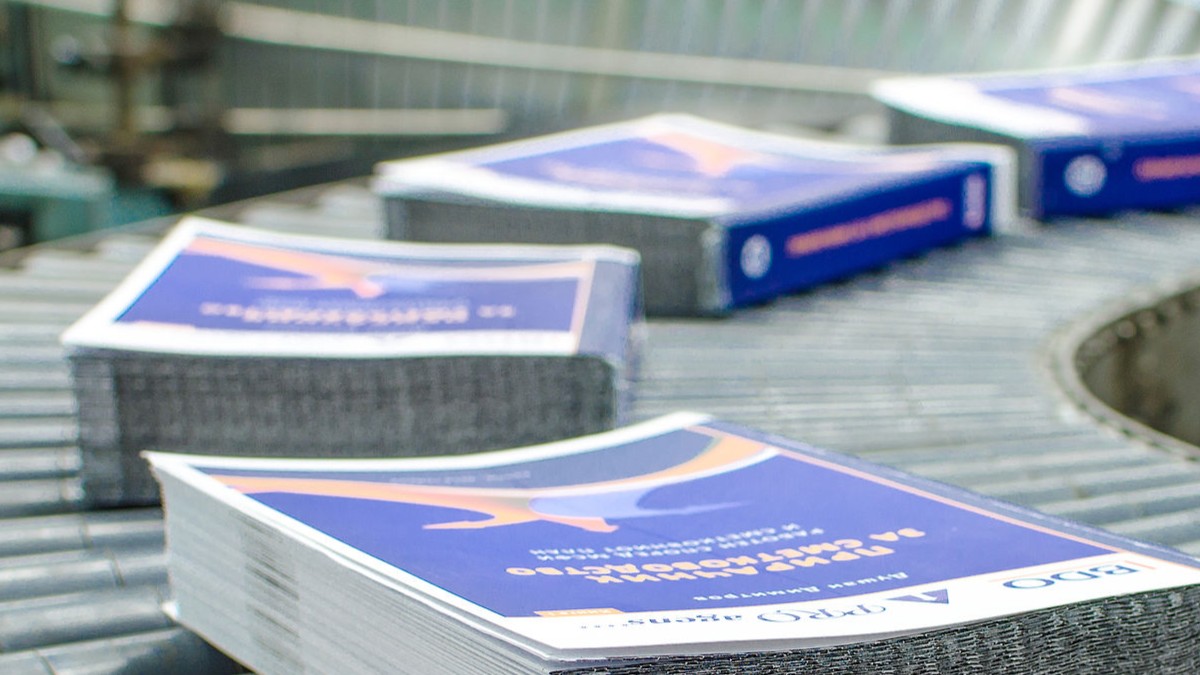Imagine goods no longer moving on rollers or belts, but gliding silently through the air like floating little trains—this is the magic of AI Maglev Conveyor systems. Magnetic levitation creates zero friction, low energy consumption, and minimal maintenance, while AI acts as a smart dispatcher, instantly rerouting, adjusting speed, and scheduling, making production lines unbelievably flexible. It’s not just cool—it can serve high-precision manufacturing like semiconductors and medical devices, with virtually no vibration. The market is skyrocketing, with manufacturing giants in China, Europe, and the U.S. racing to adopt it. Although the initial investment is high, the long-term benefits—energy savings, reduced maintenance, and efficiency gains—are remarkable. In the future, it will become the transport hub of smart factories, coordinating robots, systems, and human labor, so that walking into the facility feels like watching a silent, precise, and seamless showcase of future material handling.
Floating material handling—so futuristic it looks straight out of a sci-fi movie
Can you imagine goods moving not on rollers or belts, but gliding through the air? That’s the magic of the AI Maglev Conveyor. Using magnetic levitation, the carriers float like tiny hovering trains, running silently. This frictionless transport method isn’t just visually striking—it brings real benefits: drastically reduced maintenance, lower energy consumption, quieter operation, and greater durability. For modern manufacturing, it not only saves time and cost but also represents a significant step toward sustainable development.
Material handling in factories needs to be smart too—like an upgraded navigation system
Do you know the role AI plays in this next-gen system? It acts like an invisible but incredibly smart dispatcher. When the production line suddenly changes or a product line needs switching, it can instantly adjust the routes, speed, and sequence of material handling.
There’s no need to rearrange pathways or rewrite programs—this dispatcher works like Google Maps, smoothly rerouting on the fly and instantly boosting production line flexibility.
Virtually vibration-free—a perfect teammate for precision manufacturing
If your facility demands ultra-high cleanliness or precision—like in semiconductors or medical devices—the next-gen AI Maglev system has you fully covered. It uses magnetic levitation, producing virtually zero vibration, which keeps delicate, precision parts safe during transport. Combined with AI control, it’s accurate and stable, so engineers don’t have to worry about even the slightest wobble during processing.
The market is skyrocketing, growing at an astonishing pace
This technology looks cool, but it’s no longer just a concept. According to market data, the global AI Maglev conveyor market is set to gain real momentum by 2025. In China, the market is expected to grow from around 750 million RMB in 2024 to over 5 billion RMB by 2029. And it’s not just China—the European and U.S. markets are also expanding, already approaching China’s scale, showing a clear takeoff trend. The push for automation has made this technology a hot focus for many leading manufacturers.
The investment may be high, but it could well be worth it
Setting up an AI Maglev system isn’t easy—this technology doesn’t solve material handling problems just by being installed. Significant upfront investment is needed for laying maglev tracks, AI control systems, sensors, and other equipment, and skilled personnel are required for maintenance. But looking at the long term, the benefits—energy savings, reduced maintenance, and improved efficiency—are clear. For manufacturers planning mid- to long-term automation, it’s a worthwhile investment, offering higher competitiveness and a more flexible production line.
The future is a smart material handling hub—it won’t just “move” things
AI Maglev conveyors are more than just moving objects—their AI systems are becoming the transport “brain” of smart factories, while the maglev transport itself acts like a high-speed train within the facility. In the future, it could not only integrate with MES and WMS systems but also automatically reroute, coordinate with AGVs or robotic arms, and serve as the central hub of internal logistics. Imagine walking into a factory where vehicles glide like ghosts, moving smoothly, silently, and precisely—practically a showcase of future material handling in action.



.jpg)










.jpg)